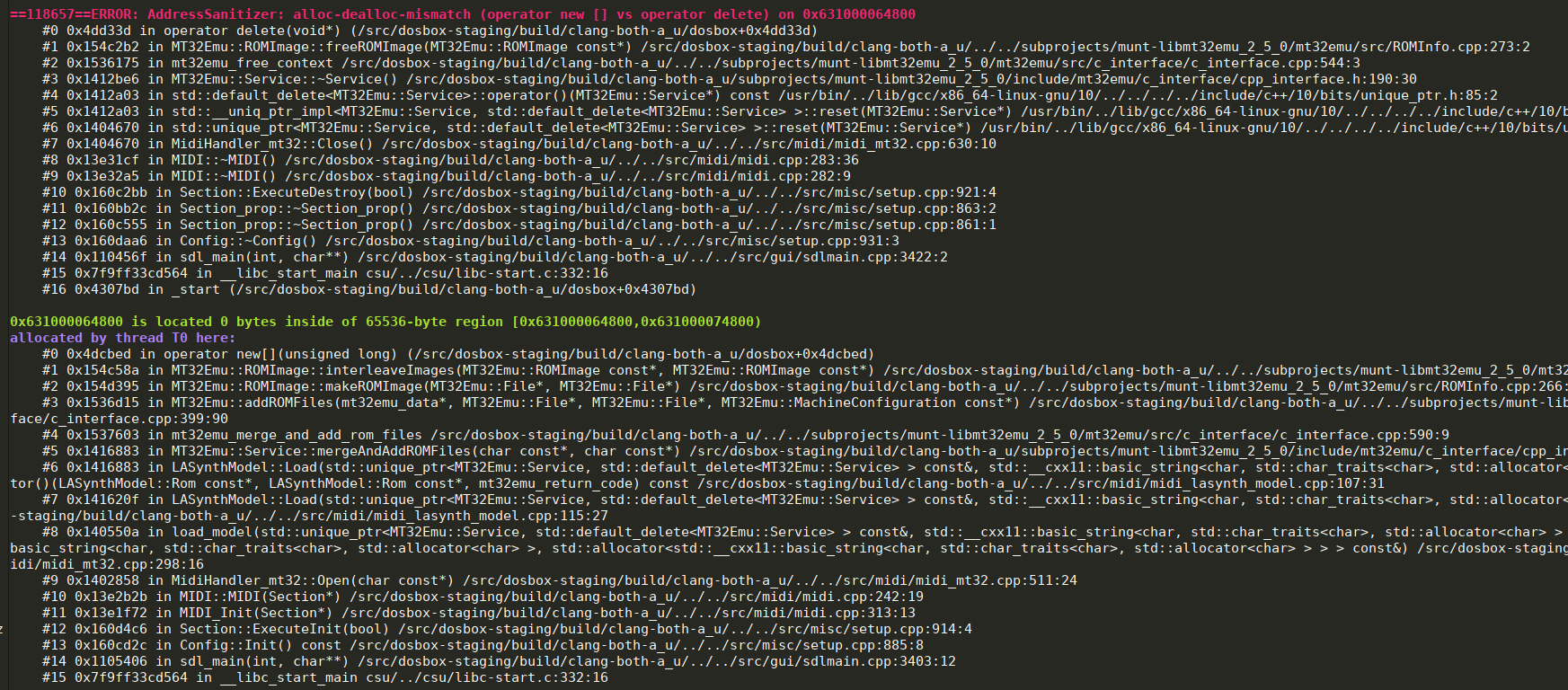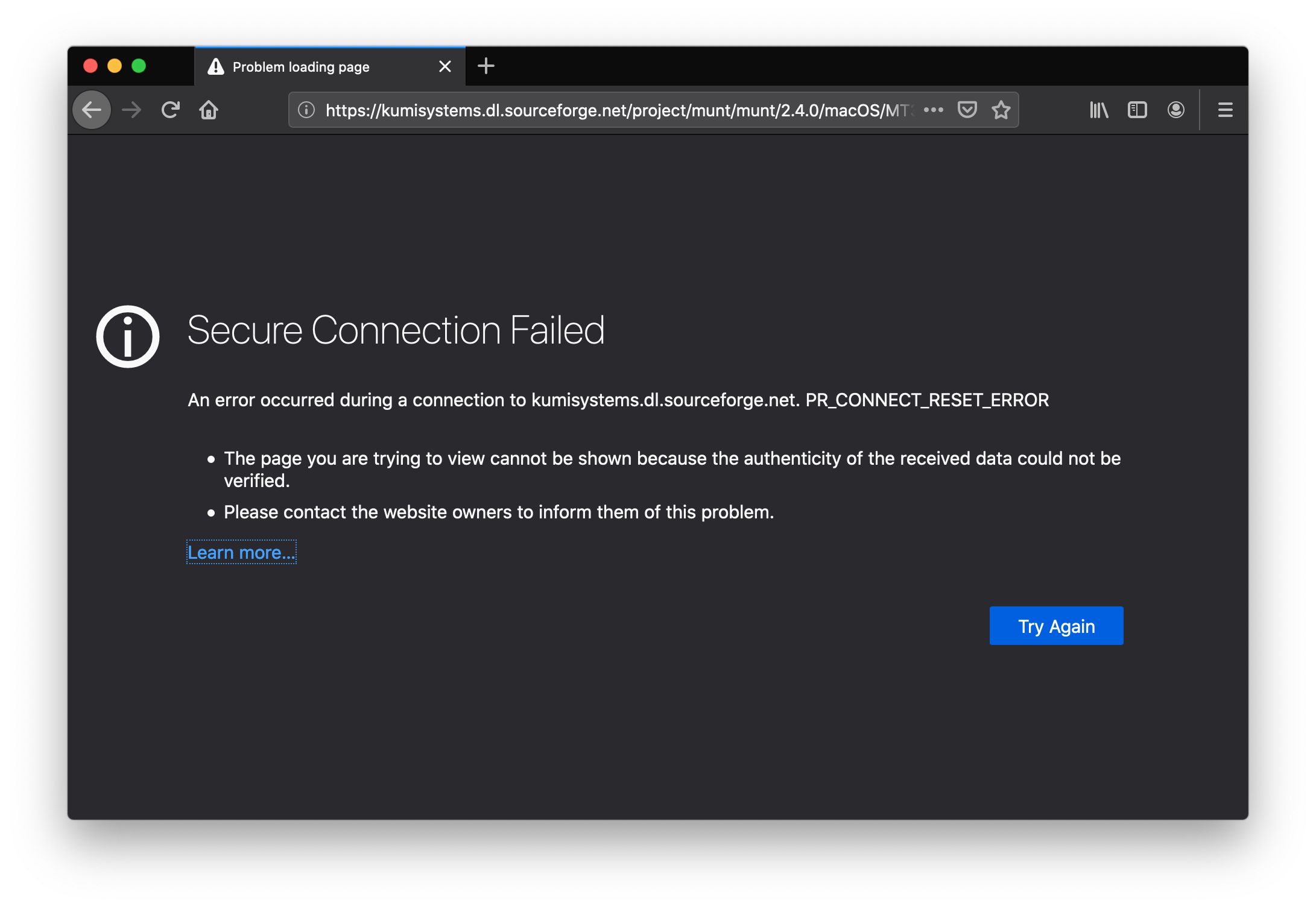This repository consists of several related subprojects collected in one place for convenience.
mt32emu is a C/C++ library which allows to emulate (approximately) the Roland MT-32, CM-32L and LAPC-I synthesiser modules.
Comprises of a GUI and a console applications that make use of mt32emu library
to provide emulation services via ALSA MIDI sequencer interface for Linux
applications. Applications that rely on raw ALSA MIDI ports may connect via
virtual raw MIDI ports, e.g. created with help of snd_virmidi kernel module.
The GUI application is mostly obsolete and can be replaced with mt32emu_qt.
Still, mt32emu_alsadrv may be preferred for systems with limited resources.
A console application intended to facilitate conversion a pre-recorded Standard MIDI file (SMF) to a WAVE file using the mt32emu library for audio rendering. The output file is equivalent to a direct recording from a Roland MT-32, CM-32L or LAPC-I synthesiser module.
Windows MME driver that provides for creating a MIDI output port and transferring MIDI messages received from an external MIDI program to mt32emu_qt, the main synthesiser application. It also includes the mt32emu engine built-in and is able to operate in stand-alone mode if the main application mt32emu_qt is unavailable.
Helper tools intended to simplify installation / upgrade of the Windows MME driver mt32emu_win32drv.
The main synthesiser application. It facilitates both realtime synthesis and conversion of pre-recorded SMF files to WAVE making use of the mt32emu library and the Qt framework. Key features:
- Support for multiple simultaneous synths with separate state & configuration.
- GUI to configure synths, manage ROMs, connections to external MIDI ports and MIDI programs and interfaces to the host audio systems.
- Emulates the funny MT-32 LCD. Also displays the internal synth state in realtime.
- Being a cross-platform application, provides support for different operating systems and multimedia systems such as Windows multimedia, PulseAudio, JACK Audio Connection Kit, ALSA, OSS and CoreMIDI.
- Contains built-in MIDI player of Standard MIDI files optimised for mt32emu.
- Makes it easy to record either the MIDI input or the produced audio output.
- Simplifies batch conversion of collections of SMF files to .wav / .raw audio files.
Patch for the official DOSBox release v.0.74 to demonstrate a possibility to add mt32 MIDI device. Intended for developers and maintainers of customised DOSBox builds.
Files related to the port of munt components for the FreeBSD system.


